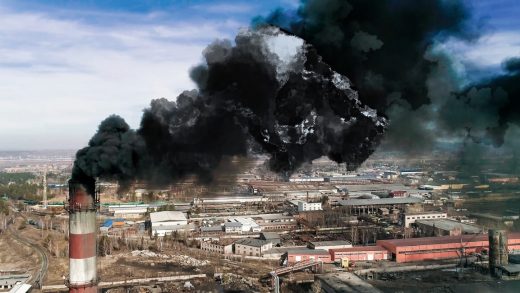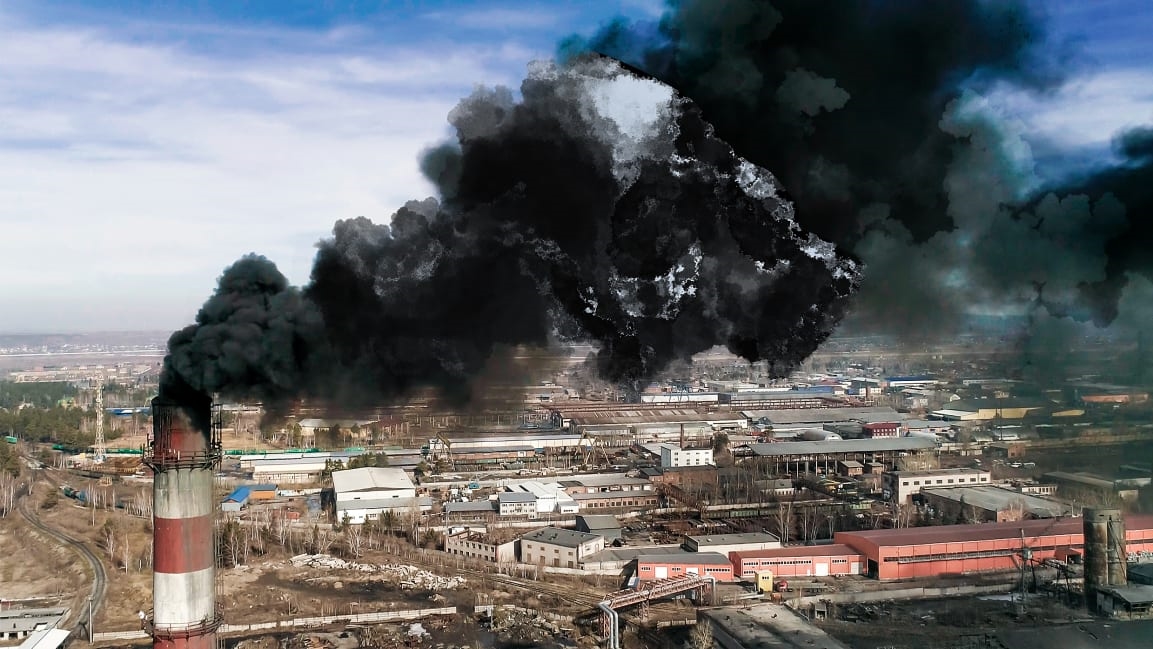8.7 million people a year die from fossil fuel pollution
That’s more than twice as many deaths as a previous estimate in the Global Burden of Disease Study, which suggested that 4.2 million people die each year from PM 2.5 pollution—particles of pollution that are smaller than 2.5 micrometers, or roughly 30 times smaller than a human hair. When you breathe in the particles, they travel deep into the lungs, and some may get into the bloodstream; the pollution is linked to heart and lung diseases.
Past studies have looked at satellite and surface data to estimate global levels of this type of air pollution, but those estimates don’t isolate how much comes from burning fossil fuels rather than other sources such as burning wood. “What we generally get is a pollution level from all sources, and it is very difficult to identify how much pollution is from dust or wildfire or fossil fuel combustion,” says Karn Vohra, a graduate student at the U.K.’s University of Birmingham and one of the authors of the study along with scientists from Harvard University and the University of Leicester. The researchers wanted to focus specifically on fossil fuels, he says, because it’s something that’s relatively easy to control—we know how to switch to renewable energy and electric cars, but it’s harder to prevent massive forest fires in California and Australia.
Instead of using satellite data, the researchers used a global 3D model of atmospheric chemistry run by scientists from Harvard University and Washington University. They divided the world into 50-by-60-kilometer grids and then plugged in local data about fossil fuel emissions and weather conditions to understand pollution levels. Then they used the latest epidemiological models for estimating deaths from high levels of air pollution. The updated health risk assessments estimate higher numbers of deaths than in the past, when modelers tried to use tobacco smoke as a proxy. It’s possible that the numbers are even worse; Vohra says that more research needs to happen on health impacts in the most polluted cities. (The total number of deaths from air pollution is definitely higher, since the new study looks solely at fossil fuels.)
The data can be used to bolster arguments for a quick transition away from fossil fuels as countries make plans to cut emissions because of climate change. A shift to renewable energy can be especially helpful in India and China. Roughly 60% of the deaths take place in China and India. “If these two countries control their fossil fuel emissions, there will be a very significant impact,” says Vohra. They’ll also need to avoid exporting pollution elsewhere. China, which plans to become carbon neutral by 2060, is expected to cut back on its use of coal nationally, but will also have to stop investing in new coal plants in countries such as Pakistan and Bangladesh.
(33)



